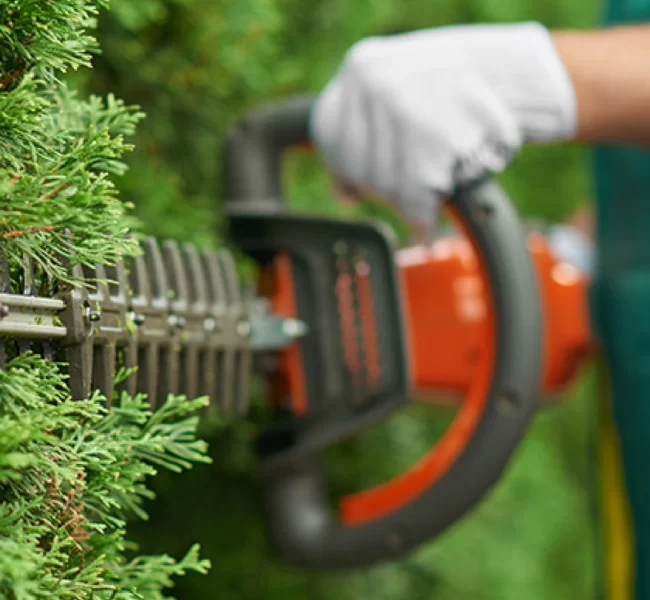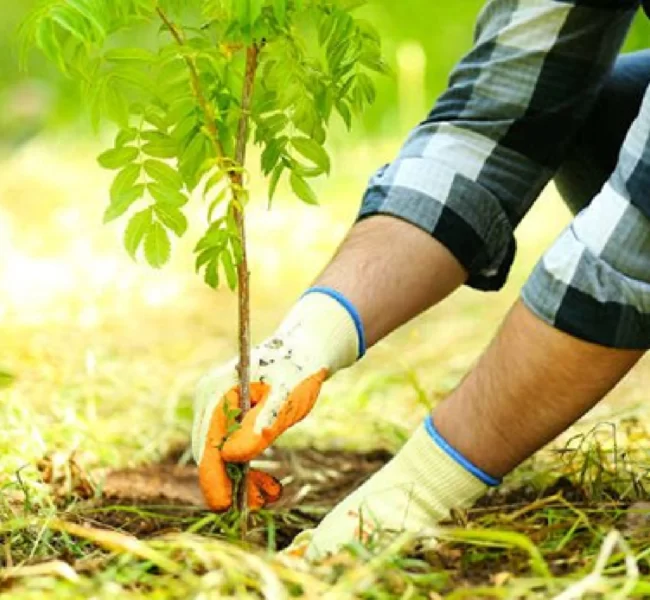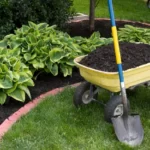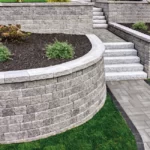Planting and Trimming
Certainly! Let’s talk about planting and trimming, two important practices in gardening and landscaping.
Planting refers to the process of placing and establishing plants, such as flowers, shrubs, trees, or vegetables, into the soil. It involves several steps:
Site selection: Choose an appropriate location for the plants based on their specific sunlight, soil, and water requirements. Consider factors like soil type, drainage, and available space.
Soil preparation: Prepare the soil by loosening it and removing any weeds, rocks, or debris. Incorporate organic matter, such as compost or aged manure, to improve soil fertility and structure.
Digging the hole: Dig a hole that is wide and deep enough to accommodate the plant’s root ball. Gently place the plant in the hole, making sure it is positioned at the same depth as it was in its nursery container.
Backfilling and watering: Fill the hole with soil, gently firming it around the roots to eliminate air pockets. Water the newly planted vegetation thoroughly to help settle the soil and provide initial hydration to the roots.
Mulching: Apply a layer of mulch around the base of the plant to conserve moisture, suppress weed growth, and protect the roots from temperature extremes.
Planting is a crucial step in establishing healthy and thriving vegetation. Proper planting techniques, combined with suitable plant selection and care, contribute to successful growth and development.
Trimming, also known as pruning, involves the selective removal of plant parts, such as branches, stems, or foliage. Trimming serves several purposes:
Shape and aesthetics: Trimming helps maintain the desired shape and form of plants, promoting an aesthetically pleasing appearance. It can be done to create hedges, topiaries, or maintain a particular growth habit.
Health and growth: Regular trimming promotes healthier growth by removing dead, damaged, or diseased branches. It improves air circulation and sunlight penetration, reducing the risk of fungal diseases and promoting vigorous growth.
Size control: Trimming helps manage the size and density of plants, preventing them from becoming overgrown and interfering with nearby structures, pathways, or other plants.
Encouraging flowering and fruiting: Proper trimming techniques can stimulate flower and fruit production in certain plant species. Removing spent blooms or excessive growth redirects the plant’s energy towards producing new flowers or fruits.
When trimming, it’s essential to use sharp and clean tools to make precise cuts, avoiding damage to the plant. It’s also important to understand the specific requirements of different plants, as trimming methods may vary depending on the species.
Regular pruning, done at the appropriate time and with proper technique, helps maintain the health, appearance, and productivity of plants, enhancing the overall beauty of the garden or landscape.







